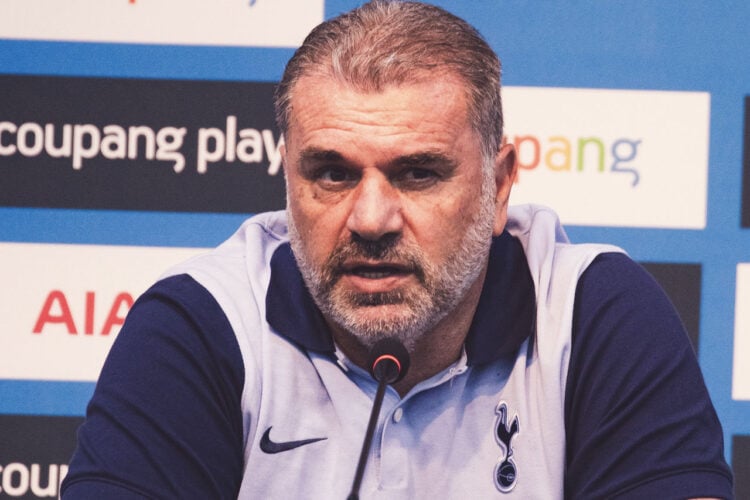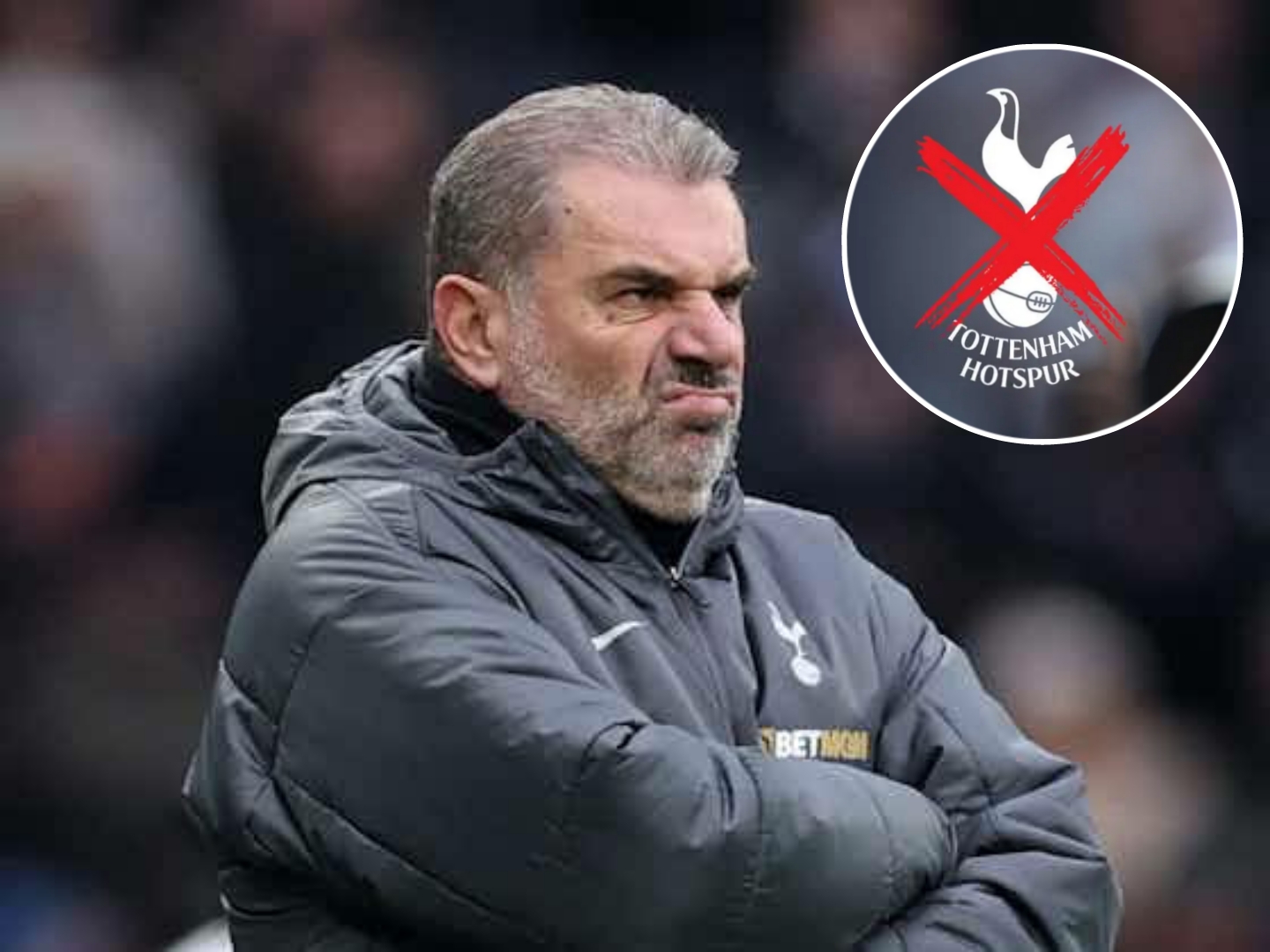Spurs’ Bold Youth Revolution: A Gamble for Long-Term Success
In the summer of 2024, Tottenham Hotspur made headlines by embracing a bold and audacious approach in their recruitment strategy. Departing from their traditional reliance on seasoned professionals, the club took a decisive step toward securing young, dynamic talent capable of shaping their future. This youth-driven philosophy has sparked widespread debate and stands as a testament to the club’s ambition under the leadership of Ange Postecoglou.
A New Direction: Investing in Tomorrow’s Stars
The North London outfit’s summer transfer activity highlighted their commitment to this new philosophy, with the acquisition of emerging talents such as Archie Gray, Lucas Bergvall, Wilson Odobert, and Yang Min-hyeok. The club spent a significant £80 million on these prospects, underlining their readiness to invest in potential rather than proven experience. Adding further weight to this strategy is the imminent arrival of Croatian prodigy Luka Vuskovic next summer.
This marks a sharp contrast to the summer of 2023, when Spurs’ only under-20 recruits were Alejo Véliz and Ashley Phillips. Both players were promptly sent out on loan—Véliz to Espanyol and Phillips to Stoke City—highlighting a cautious and somewhat inconsistent approach to integrating youth. This year, however, the shift is clear: Tottenham’s young signings remain at the club, serving as squad options and gaining valuable experience in Europa League fixtures and domestic cup competitions.
A Philosophy Inspired by Rivals
Tottenham’s youth-focused strategy draws parallels to the aggressive approach employed by their London rivals, Chelsea. Under manager Enzo Maresca, Chelsea have amassed a significant pool of promising young players, operating on the belief that sheer volume will increase the likelihood of discovering future stars. This strategy reflects a long-term ambition to dominate English and European football through a sustainable model of player development.
While Chelsea’s resources allow for an expansive approach, Postecoglou’s Spurs operate under tighter constraints. This discrepancy has not gone unnoticed by the Tottenham boss, who remains cautiously optimistic yet realistic about the challenges of building a team around young talent.
Postecoglou: Balancing Ambition with Reality
In a recent interview with football.london, Ange Postecoglou delved into the nuances of Spurs’ youth-centric approach. He acknowledged the theoretical appeal of building a side from young players but was quick to point out the practical hurdles.
“The theory, yes,” he said. “The reality… you’ve also got to look at… there’s a relevance to expenditure as well. [Chelsea] have some serious talent there. But whether they all fulfil their potential is the unknown with all young players.”
Postecoglou highlighted the importance of balance, emphasizing that while Chelsea can afford to take risks due to their extensive pool of players, Tottenham’s narrower scope leaves little room for error. “With us, it would mean all the ones we’ve signed will all end up fulfilling their potential,” he explained. “That’s the bit of the unknown.”
The Risks of an Unproven Formula
Tottenham’s gamble on youth carries inherent risks. The development of players like Gray, Bergvall, and Odobert is by no means guaranteed, and the pressure to succeed could stifle rather than nurture their potential. Furthermore, the lack of experienced professionals to guide these young talents raises questions about the team’s ability to compete at the highest level consistently.
While a youth-first approach may align with long-term goals, it leaves Tottenham vulnerable in the short term. A more balanced recruitment strategy—integrating established stars alongside promising youngsters—would offer a sturdier foundation for sustained success. This hybrid model has been adopted successfully by other Premier League clubs, and it remains to be seen whether Spurs’ all-in bet on youth will yield similar results.
Time Will Tell
Tottenham’s new direction is undoubtedly ambitious, and it reflects a club eager to forge a distinct identity in the face of fierce competition. However, the stakes are high, and the margin for error is slim. For a club aiming to consistently challenge for top-four finishes and silverware, the success or failure of this strategy could have far-reaching implications.
As the current crop of young players continues to develop, all eyes will be on Postecoglou and his ability to navigate this transitional period. If Tottenham’s gamble pays off, they could emerge as a force to be reckoned with in the years to come. If not, the experiment may serve as a cautionary tale for clubs contemplating a similar path.
In the end, Tottenham’s bold youth investment is a story of ambition, risk, and the unpredictable nature of football’s future stars.



